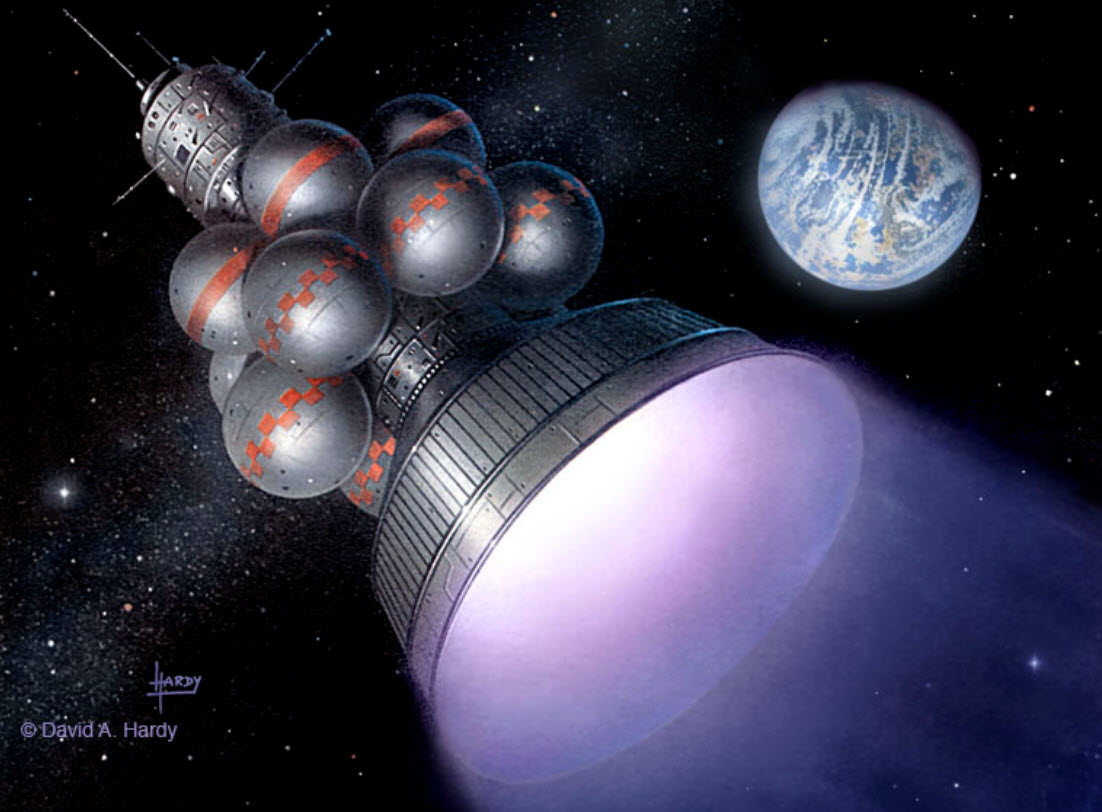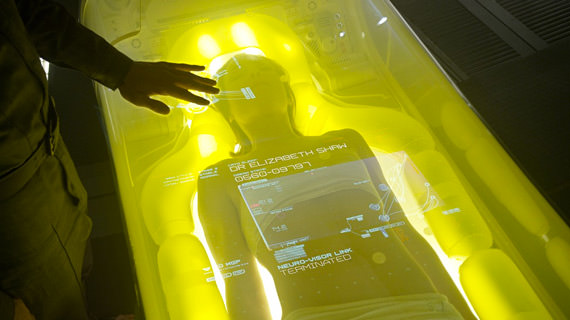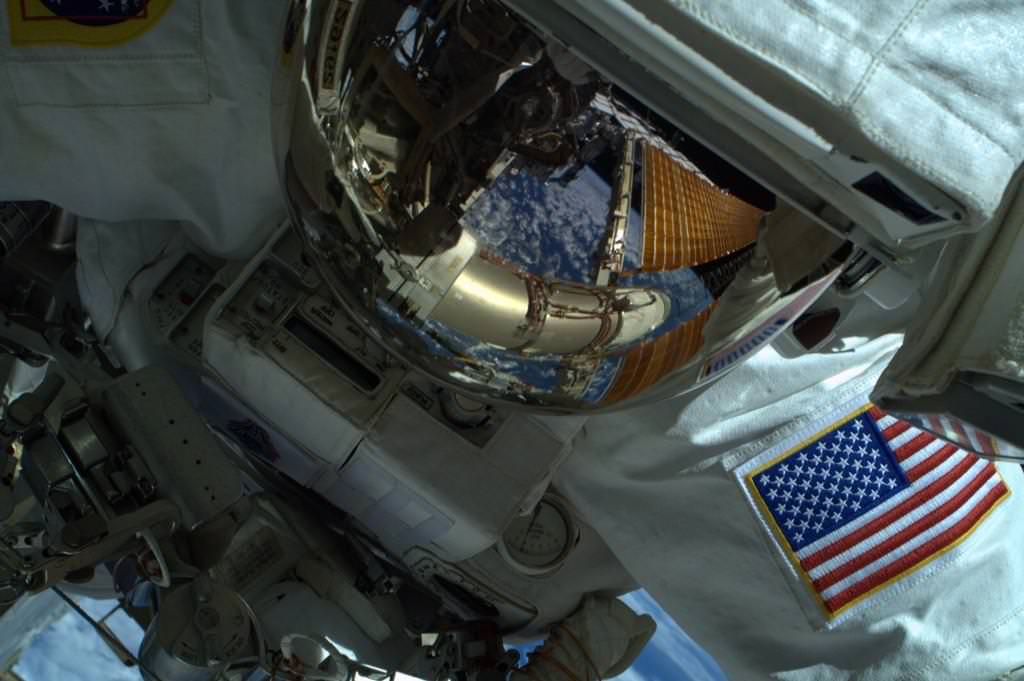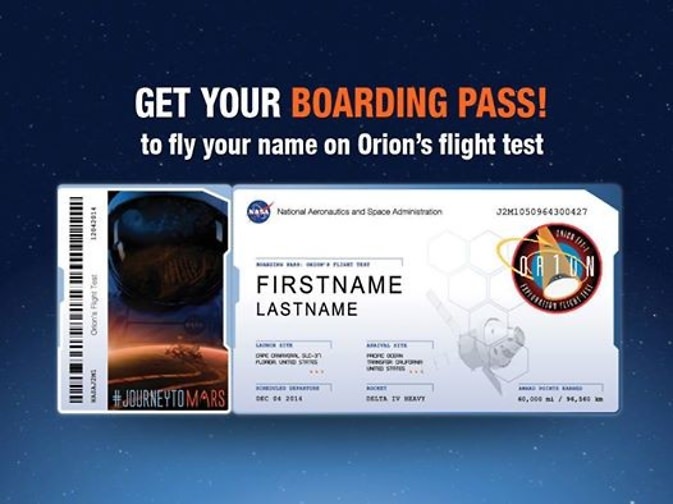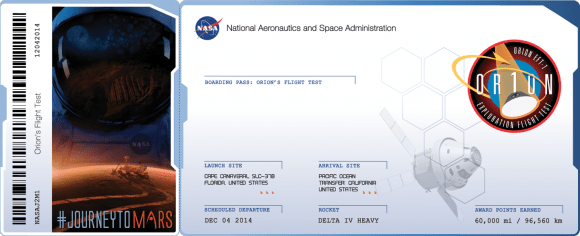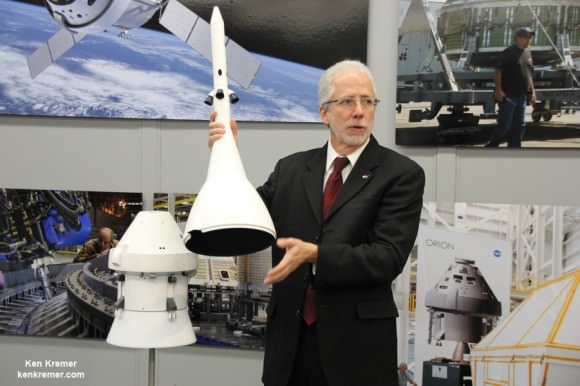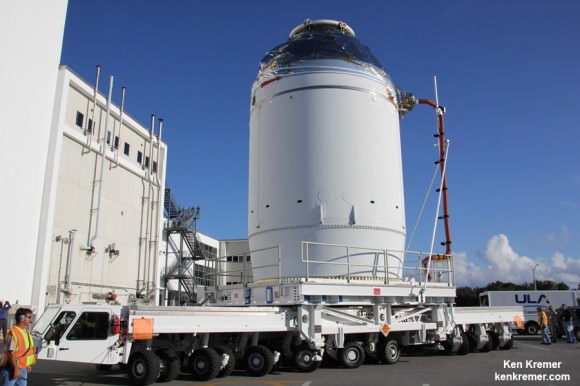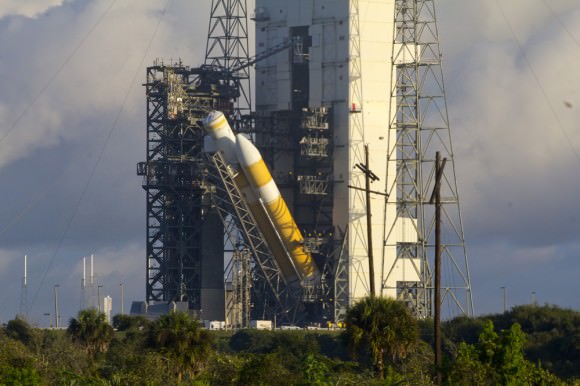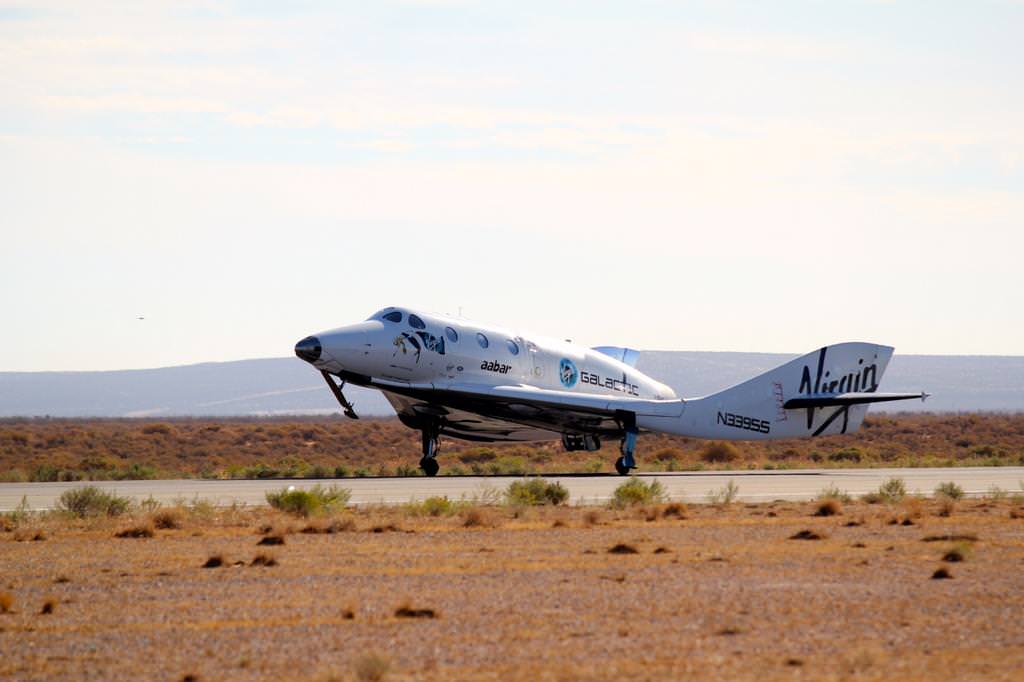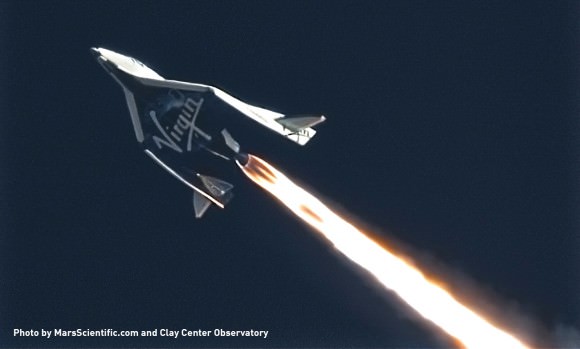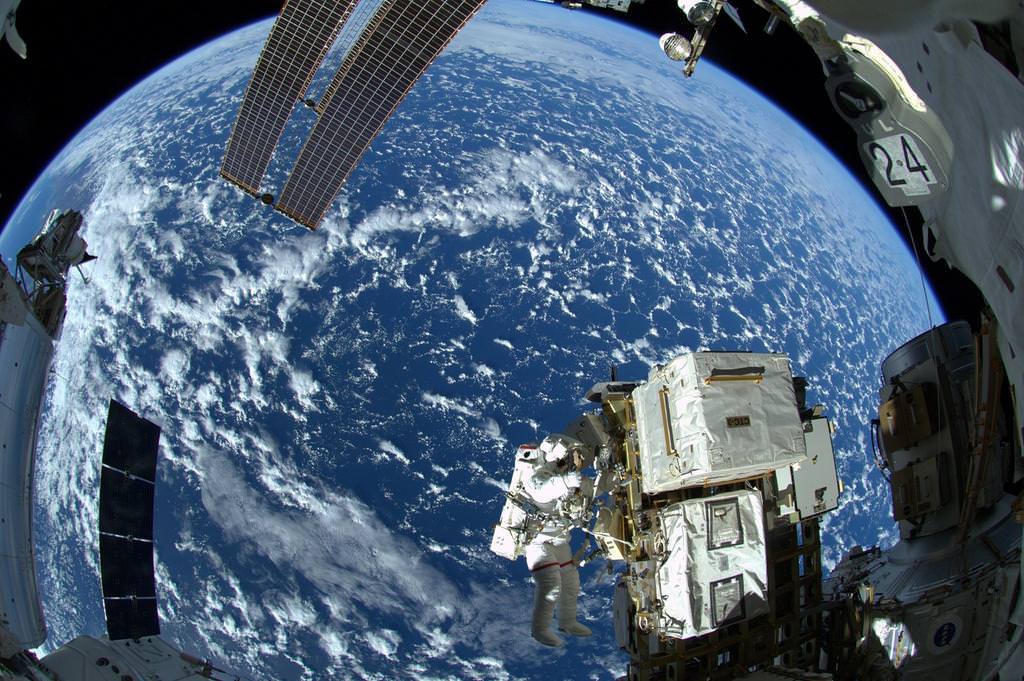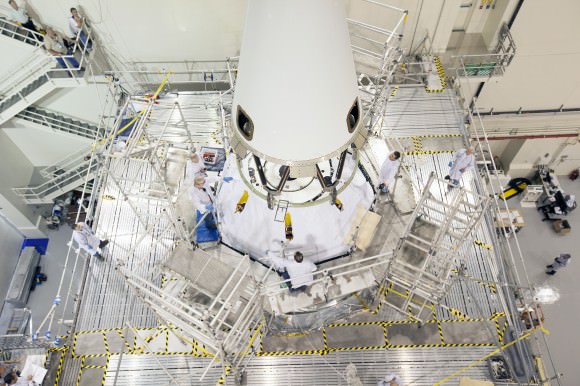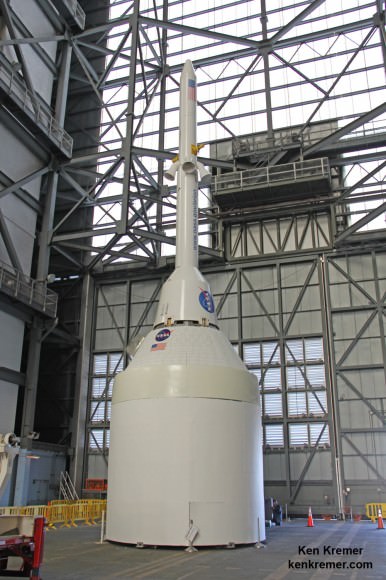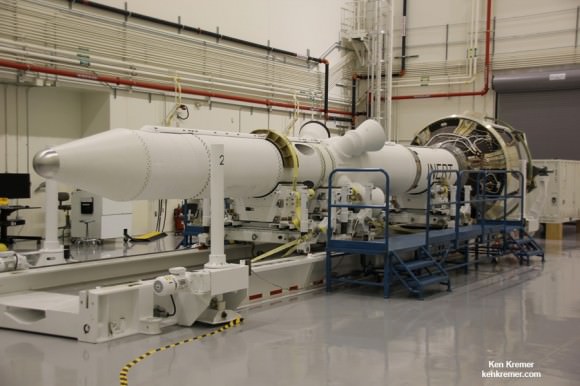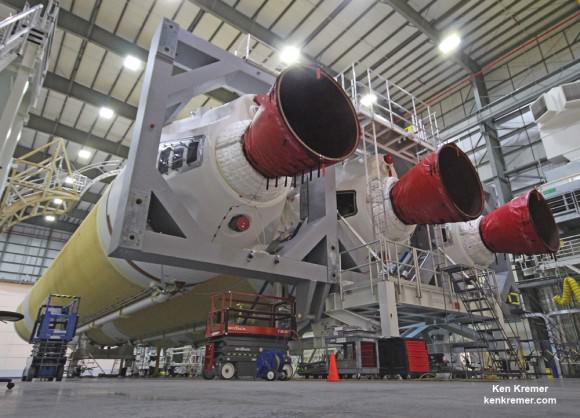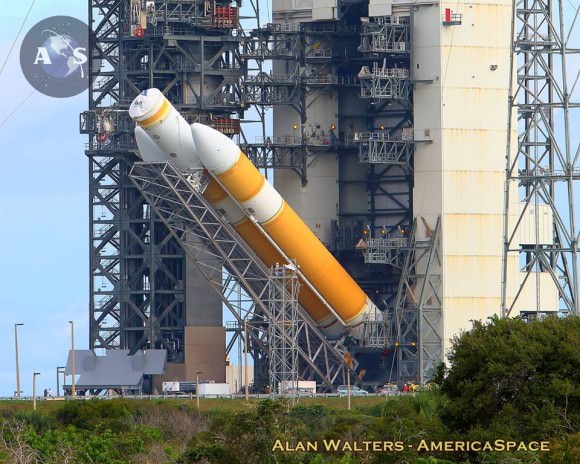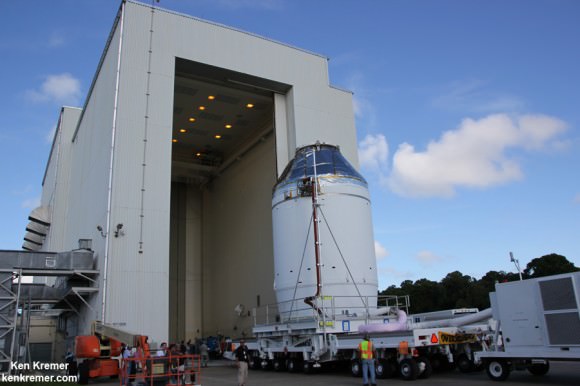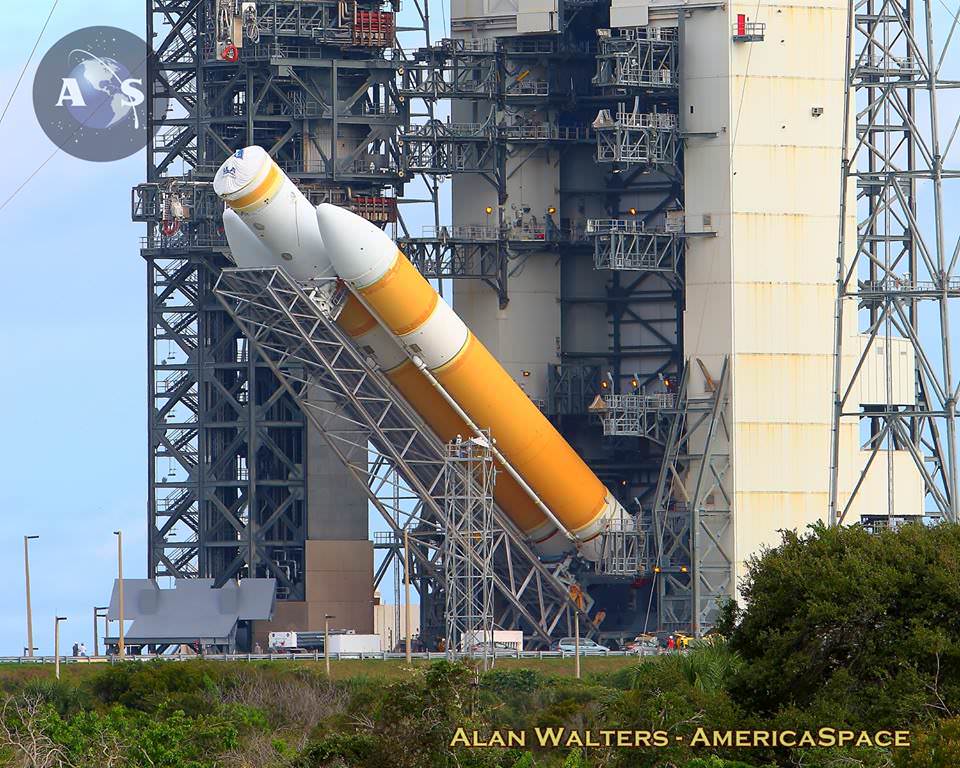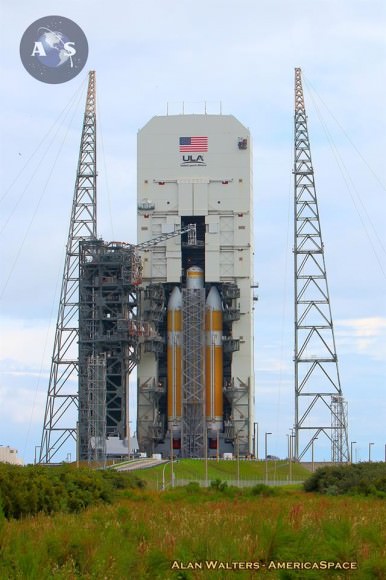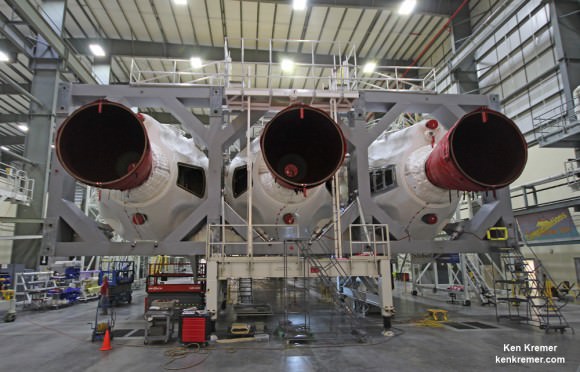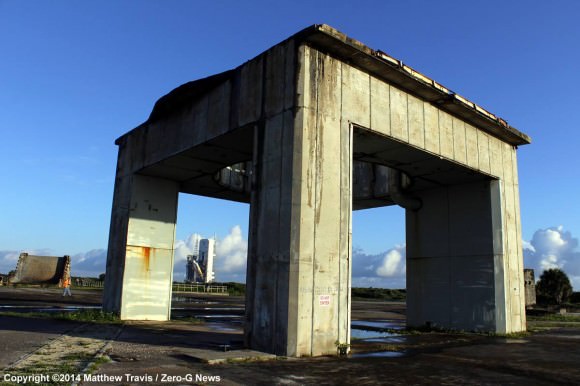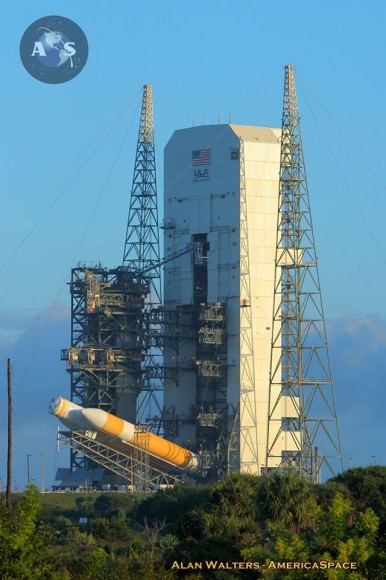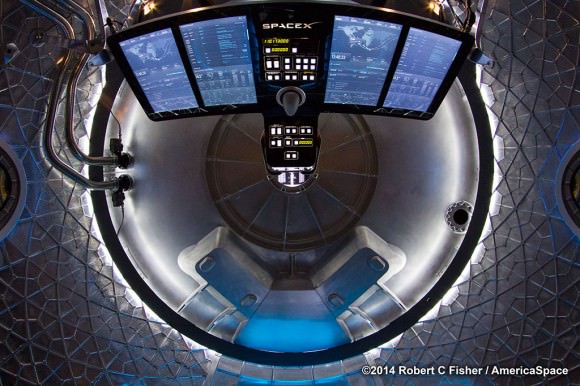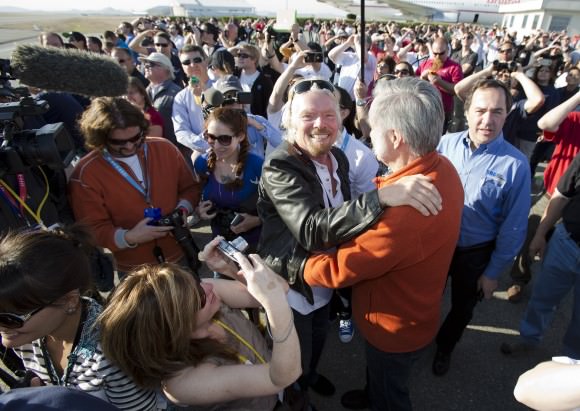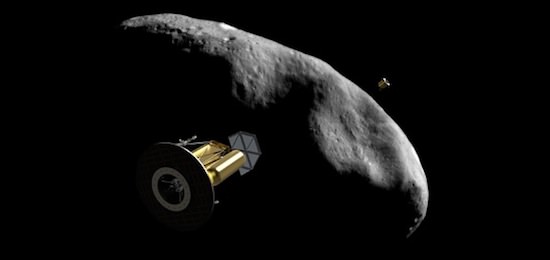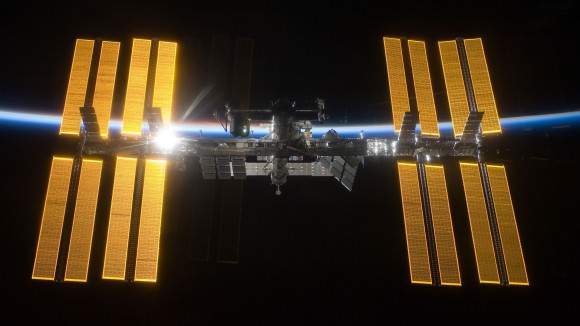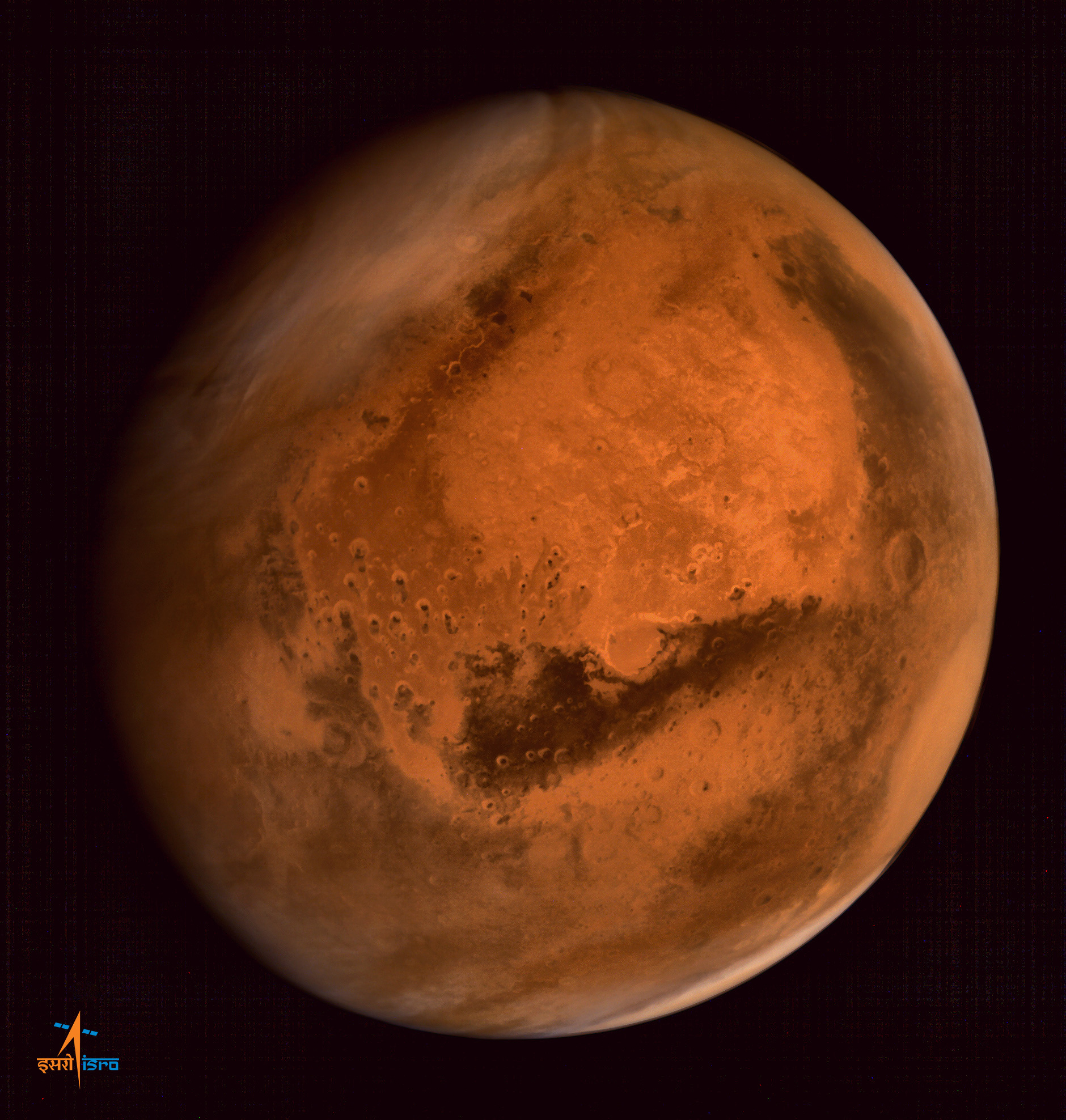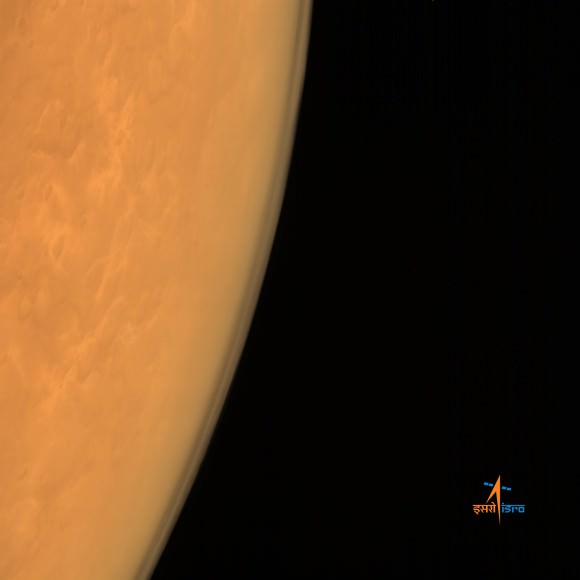The Farnsworth Fusor; Pons and Fleishmann. It seems the trail to fusion energy has long gone cold — stone cold, that is, and not cold as in cold fusion. Despite the promise of fusion providing a sustainable and safe energy source, fusion reactors are not a dime a dozen and they won’t be replacing coal fired power plants any time soon. Or will they? Lockheed-Martin Skunk Works announced a prototype compact fusion reactor that could be ready within five years. This revelation has raised eyebrows and sparked moments of enthusiasm.
But, let’s considers this story and where it all fits in both the history and future.
For every Skunk Works project that has made the runway such as the Stealth Fighter or SR-71 Blackbird, there are untold others that never see the light of day. This adds to the surprise and mystery of Lockheed-Martin’s willingness to release images and a detailed narrative describing a compact fusion reactor project. The impact that such a device would have on humanity can be imagined … and at the same time one imagines how much is unimaginable.
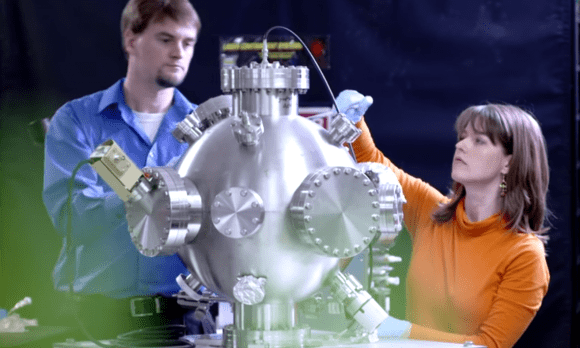
The program manager of the Skunk Works’ compact fusion reactor experiment is Tom Maguire. Maguire and his team places emphasis on the turn-around time for modifying and testing the compact fusion device. With the confidence they are expressing in their design and the ability to quickly build, test and modify, they are claiming only five years will be needed to reach a prototype.
What exactly the prototype represents was left unexplained, however. Maguire continues by saying that in 10 years, the device will be seen in military applications and in 20 years it will be delivered to the world as a replacement for the dirty energy sources that are in use today. Military apps at 10 years means that the device will be too expensive initially for civilian operations but such military use would improve performance and lower costs which could lead to the 20 year milestone moment if all goes as planned.
Their system uses magnetic confinement, the same basic principle behind the tokamak toroidal plasma confinement system that has received the greatest attention and government funding for over 50 years.
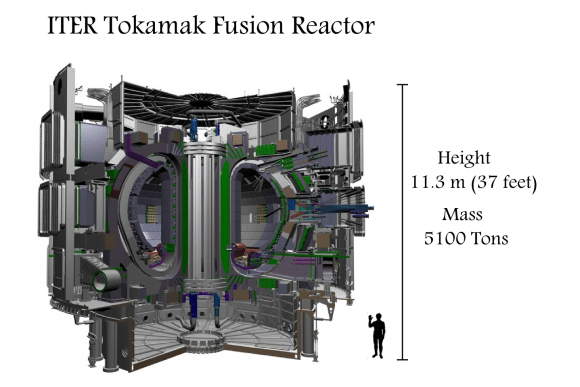
The International Thermonuclear Experimental Reactor (ITER) is currently under construction in Europe under the assumption that it will be the first net energy producing fusion generator ever. It is funded by the European Union, India, Japan, People’s Republic of China, Russia, South Korea and the United States. But there are cost over-runs and its price has gone from $5 billion to $50 billion.
ITER is scheduled to begin initial testing in 2019 about the time Lockheed-Martin’s compact fusion reactor prototype is expected. If Lockheed-Martin succeeds in their quest, they will effectively have skunked ITER and laid to waste a $50 billion international effort at likely 1/1000th the cost.
There are a few reasons Lockheed-Martin has gone out on a limb. Consider the potential. One ton of Uranium used in Fission reactors has as much energy as 1,500 tons of coal. But fission reactors produce radioactive waste and are a finite resource without breeder reactors, themselves a nuclear proliferation risk. Fusion produces 3 to 4 times more energy per reaction than fission. Additionally, the fuel — isotopes of hydrogen — is available from sea water — which is nearly limitless — and the byproducts are far less radioactive than with fission. Fusion generators once developed could provide our energy needs for millions of years.
More pragmatically, corporations promote their R&D. They are in a constant state of competition. They present a profile that ranges from the practical to the cutting edge to instill confidence in their Washington coffers. Furthermore, their competitors have high profile individuals and projects. A fusion project demonstrates that Lockheed-Martin is doing more than creating better mouse-traps.
To date, no nuclear fusion reactor has achieved breakeven. This is when the fusion device outputs as much energy as is input to operate it. Magnetic confinement such as the various tokamak designs, Lawrence Livermore’s laser-based inertial confinement method, and even the simple Philo Farnsworth Fusor can all claim to be generating energy from fusion reactions. They are just all spending more energy than their devices output.
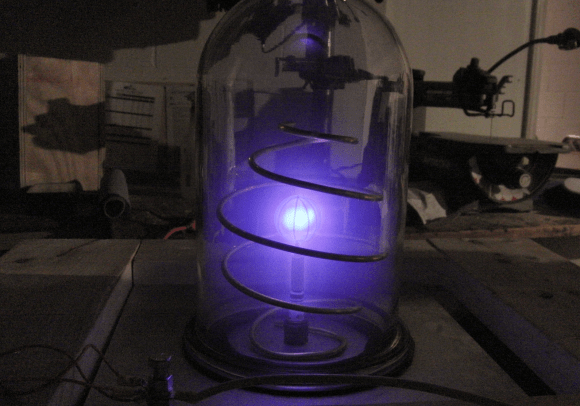
The fusor, invented in the 1960s by Farnsworth and Hirsh, is a electrostatic plasma confinement system. It uses electric fields to confine and accelerate ions through a central point at which some ions will collide with sufficient energy to fuse. Although the voltage needed is readily achieved by amateurs – about 4000 volts – not uncommon in household devices, no fusor has reached breakeven and theoretically never will. The challenge to reaching breakeven involves not just energy/temperature but also plasma densities. Replicating conditions that exist in the core of stars in a controllable way is not easy. Nevertheless, there is a robust community of “fusioneers” around the world and linked by the internet.
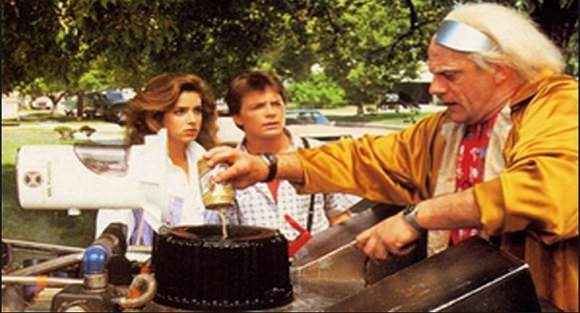
It remains to be seen who, what and when a viable fusion reactor will be demonstrated. With Lockheed-Martin’s latest announcement, once again, fusion energy is “just around the corner.” But many skeptics remain who will quickly state that commercial fusion energy remains 50 years in the future. So long as Maguire’s team meets milestones with expected performance improvements, their work will go on. The potential of fusion energy remains too great to dismiss categorically.

